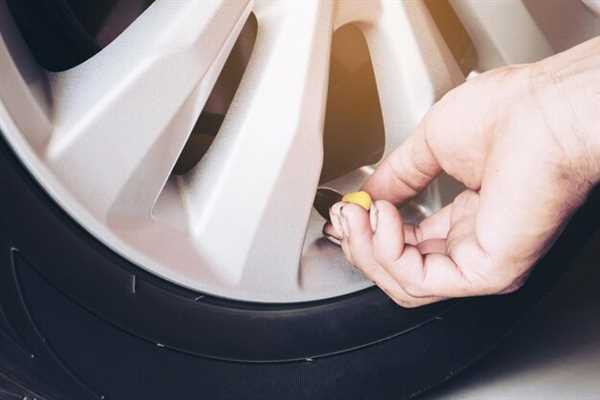
Maintain focus by keeping your mobile device out of reach while operating a vehicle. Texting or calling diverts your attention, substantially increasing the risk of collisions. Silence notifications to minimize interruptions and set your device to ‘Do Not Disturb’ mode.
Prioritize pre-trip preparations. Ensure all necessary adjustments–such as seat positioning, climate control, and music selection–are completed before setting out. This practice limits the need to divert attention from the road.
Encourage passengers to assist with navigation or handling calls. This collaboration helps streamline communication and reduces the need for the driver to take their eyes off the road.
Lastly, recognize personal limits. If fatigue or emotional stress arises, it’s prudent to pause or seek alternative transportation. Alertness directly correlates with safety, making self-awareness a key factor in preventing incidents.
Managing Technology Use Behind the Wheel

Limit smartphone usage by enabling “Do Not Disturb” mode before starting the engine. This feature silences notifications, ensuring fewer interruptions.
Use hands-free devices, like Bluetooth headsets or built-in car systems, which allow for voice commands and minimize time spent looking at screens. This can help maintain focus on the environment.
Plan routes in advance and use navigation apps that provide voice directions, reducing the need to glance at maps. Set the destination before leaving to avoid distractions while on the move.
Establish a no-phone policy among passengers, encouraging respectful behavior that prioritizes attention on the road. Passengers can assist with navigation to free the driver from screen reliance.
Regularly assess apps and notifications that are necessary during travel. Disable irrelevant alerts and limit app usage to ensure fewer disturbances once the vehicle is in motion.
Engage in conversations about safe tech practices with other drivers. Sharing experiences can lead to community-driven awareness and improved habits for maintaining focus.
Periodically evaluate the need for technology in the car. Consider investing in aftermarket systems designed to enhance safety without compromising attention.
Creating a Distraction-Free Environment in Your Vehicle
Keep your interior organized. Remove unnecessary items that clutter your space, ensuring an area solely for essential belongings. This promotes focus and enhances safety while you are behind the wheel.
Utilize a phone mount. Positioning your device at eye level allows for hands-free access to navigation and communication tasks. This minimizes the risk of taking your attention off the road.
Set all your music and climate controls before starting your ride. Adjust settings while stationary to prevent disturbances during transit. Familiarize yourself with the interface of your vehicle’s systems to reduce the need for adjustments while in motion.
Establish a “no conversation” policy for passengers when engaging in complex traffic situations. Clear communication before getting on the road helps prevent interruptions that could distract you from critical decision-making.
Limit the use of mobile notifications. Silence or mute alerts to minimize temptation. This will aid in maintaining focus on your primary task: operating the vehicle.
Invest in noise-canceling technology. Earplugs or over-ear headphones can create a quieter environment that decreases the likelihood of auditory distractions from outside sources.
Ensure all children and pets are securely restrained in their places before starting the engine. This reduces potential distractions that could lead to hazardous situations.
Regularly check and maintain your vehicle’s internal systems to avoid unexpected issues that could disrupt your concentration. A well-functioning vehicle provides peace of mind, allowing you to focus on the road ahead.
Educating Passengers About Safe Driving Practices

Encourage passengers to help minimize distractions by keeping conversations light and focused. Intense discussions or emotional topics can divert the driver’s attention, so opting for neutral subjects is favorable.
Passengers should recognize their role; avoiding sudden movements or loud noises ensures the driver remains calm and collected. Any abrupt distractions might lead to a split-second lapse in focus that can be detrimental.
Suggest setting the navigation system before departure. Passengers can assist by entering destinations in advance, eliminating the need for the driver to engage with technology mid-route.
Promote a culture of accountability. Passengers must feel empowered to speak up if they notice any unsafe behavior, including phone use or multitasking that diverts attention. Communication is key to ensuring everyone remains focused.
Establish rules for phone usage. Designate specific times for checking messages or making calls, ideally during breaks or when the vehicle is stationary, keeping interactions minimal while traveling.
Encourage passengers to actively observe the road. Supporting the driver by pointing out relevant signs, changes in traffic, or potential hazards contributes to a safer travel environment.


